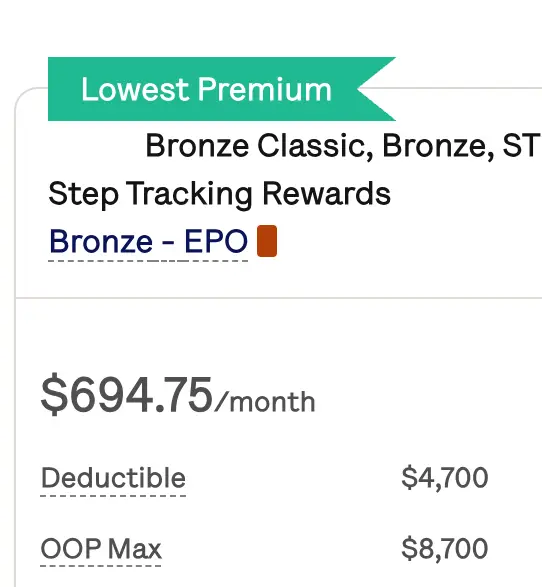What Age Should I Get a Prostate Exam?
Prostate exams are an essential basic health screening test that everyone at risk of prostate cancer should consider. Current American Cancer Society (ACS) guidelines suggest that men over the age of 50 should speak with their primary care physician about getting screened routinely for prostate cancer. This guideline may change depending on your risk for prostate cancer.
When To Get a Prostate Exam
Prostate cancer is a very common cancer in men who are 50 years of age or older. If detected early, the 10-year survival rate of prostate cancer is 98%. As a result, it is absolutely essential that you get a prostate exam at the correct time.
As previously mentioned, the ACS guidelines suggest that men who are 50 years or older should get screened for prostate cancer. However, for men who are at high risk of getting prostate cancer, this exam should be considered at age 45. Major risk factors for getting prostate cancer that might put an individual at high risk include:
- African American ethnicity
- A first-degree relative (brother or father) who was diagnosed with prostate cancer at an early age (under 65 years old)
If you have more than one first-degree relative that was diagnosed with prostate cancer at an early age, you should consider speaking with your healthcare provider even earlier, at age 40.
What Happens During a Prostate Exam
Prostate exams might be uncomfortable. Here is what to expect when you receive your first prostate exam. Prostate exams can include two major tests: the PSA blood test and a digital rectal exam (DRE).
PSA Blood Test
The PSA test measures the amount of prostate-specific antigen in your blood. PSA is a protein that is produced by your prostate. Normally, your prostate produces only small amounts of PSA. However, if you have prostate cancer or diseases such as benign prostate hyperplasia (BPH), your prostate might release more amount of PSA. As such, high levels of PSA can indicate disease.
Digital Rectal Exam
The DRE exam is used to physically examine the size, shape, and texture of your prostate. In order to examine your prostate, your doctor will insert a lubricated, gloved, finger into your rectum to inspect your prostate. This exam should not be painful and will only last 1-2 minutes. Your doctor will be feeling for hard, lumpy, or other abnormalities of the prostate. Although slightly uncomfortable, this test can be extremely helpful for detecting prostate cancer at an early age.
During the exam, you will be asked to remove your clothing and put on a hospital gown. There are a number of possible positions to stay in but will completely depend on your physician and your own preference. For instance, you can lie on your side, bend over the table, or squat on the exam table. These options will be disclosed to you by your doctor.
According to the ACS, if no prostate cancer is found based on the DRE exam, your PSA value will determine the time frame of your next prostate exam.
- A PSA of less than 2.5 ng/mL indicates a retest in 2 years
- A PSA of greater than 2.5 ng/mL indicates annual retesting
These guidelines might change based on your patient history and your doctor will ultimately decide what your next steps are.

Get affordable doctor copay without paying insurance premiums
Join 39,000 people and get Mira, the best alternative to traditional insurance. Enroll and use immediately. Plans start at only $45/mo.
Sophie is a 2024 Pharm D. candidate studying pharmacy at Rutgers University, New Brunswick. She has a passion for healthcare and writing and hopes to make meaningful contributions to healthcare transparency and accessibility. In her free time, she likes to take care of her houseplants, cook, and hang out with her cat.
